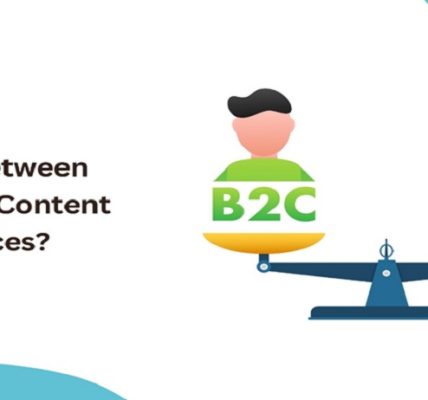Email warm-up is all about establishing a positive reputation for your email address and domain in the eyes of email service providers (ESPs) and spam filters. When you send emails from a new or dormant email address, ESPs are cautious about delivering your messages directly to the inbox. They closely monitor your sending behavior, engagement rates, and spam complaints to determine whether your emails are legitimate or potentially spam.
During the warm-up process, you gradually increase the volume of your email sends while maintaining high-quality content and engagement. This allows ESPs to recognize your email address as a trusted sender, improving the chances of your emails bypassing the spam filters and reaching the intended recipients’ inboxes. It is important to note that warm-up should be done for both the email address and the domain to maximize the chances of successful inbox delivery.
Steps to warm up your email
Step 1: Start with a clean email list
Before embarking on your email warm-up journey, it is crucial to ensure that your email list is clean and free of spam traps, invalid email addresses, and inactive subscribers. These factors can negatively impact your sender reputation and hinder the warm-up process. Consider using email validation services to verify the authenticity of your list and remove any potential deliverability risks.
Step 2: Begin with low-volume sends
Once you have a clean email list, start your warm-up process by sending emails in small volumes. Begin with a handful of emails per day and gradually increase the volume over a period of several weeks. This gradual ramp-up allows ESPs to monitor your sending behavior and ensures that your emails are not mistaken for spam due to sudden spikes in activity.
Step 3: Engage with your recipients
Beyond sending emails, it is essential to actively engage with your recipients during the warm-up process. Encourage them to open your emails, click on links, and reply to your messages. This engagement signals to ESPs that your emails are valuable and wanted by the recipients, further strengthening your sender reputation. Personalization and relevant content play a key role in driving engagement, so invest time in crafting compelling emails that resonate with your audience.
Step 4: Monitor your deliverability metrics
Throughout the warm-up process, closely monitor your deliverability metrics to gauge the success of your efforts. Keep an eye on your open rates, click-through rates, bounce rates, and spam complaints. If you notice any alarming trends or deviations from industry benchmarks, take immediate action to rectify the issues. Regular monitoring allows you to make data-driven decisions and optimize your warm-up strategy for maximum inbox deliverability.
You can be interested in – https://mailtoaster.ai/how-to-check-domain-spam-reputation/.










